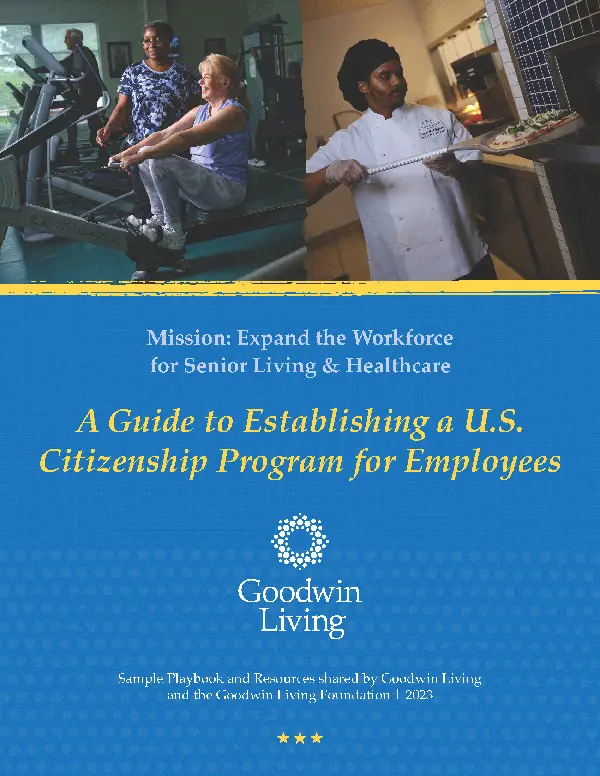
Live Vibrantly - December 23, 2020
By Leslie LaPlace
Put one foot in front of the other. This simple concept is one most of us take for granted. We might struggle to learn it as infants, taking our first steps. Once we get the hang of it and grow to be adults, we perhaps find ourselves striving to do it at least 10,000 times a day.
Sometimes even the simplest of concepts are more complex than they appear. We wanted to take some time to introduce you to the anatomy of what’s responsible for making it possible for us to take steps and keep our balance. Let’s take a closer look at the foot and ankle, and why they’re so important, especially as we age.
The foot and ankle complex includes 28 bones, 33 joints, 112 ligaments and 34 muscles. All these 207 body parts come together to provide the key to supporting body weight, absorbing shock and maintaining balance. They also perform another important function–they propel the body forward when walking.
To perform at their best, the foot and ankle need stability and mobility. Any injury or condition that disrupts how these bones and tissues work will greatly affect the ability of the foot and ankle to provide stability and proper gait function to the body. We will share some exercises, but first let’s talk more about our anatomy.
The ankle joint joins the lower leg bones (tibia, shinbone, fibula and calf bone) to the foot (talus) and heel bones (calcaneus) and allows movement in all directions. Soft tissue (ligaments, cartilage, muscles, tendons and fascia) within the ankle joint provides stability, support the arch of the foot and connect bones to other bones.
There are soft tissues that are found in the ankle:
Given that the foot and ankle are our foundation, any condition or injury to them has enormous impact on our ability to stabilize and balance. The foot and ankle contribute largely to our balance and proprioception – how we subconsciously perceive our body’s position and movements.
Proprioceptive sensors are sensory neurons found throughout the body in muscles, tendons and joints; they sense our body’s position and help keep it centered. The ankles and soles of the feet contain a high number of these sensors that provide important feedback to the brain, which uses this feedback to direct the body in reacting to changes in the terrain as we walk, as well as the body’s position in space as we move.
Essentially, these foot and ankle sensors inform the brain when it needs to make adjustments in either our gait or in righting our body when we get off-balance. This all happens constantly and within milliseconds so that the body corrects itself without our being aware of it happening.
To illustrate proprioception further, this is how we use our finger to touch our nose while our eyes are closed, or balance on one leg or know whether we are stepping on grass or cement without looking down.
Factors such as age, shoes, injury (e.g. ankle sprains) or disorders (e.g. Parkinson’s disease, multiple sclerosis), can cause our proprioceptive sensors to deteriorate and fail to communicate properly with the brain, which contributes to a decline in balance.
Making sure the ankle is flexible is important so that the body can respond to different surfaces. It is also one of the most important contributors to good balance.
Fortunately, we can improve proprioceptive responses through simple balance exercises. The key is doing these exercises every day so we improve coordination and control of our muscles, which might have been inactive from years of sitting or other immobility.
Exercises to Strengthen the Foot & Ankle
To strengthen the foot and ankle complex and improve flexibility and balance, try the following exercises:
Take a few minutes each day to follow these exercises and start building a stronger foundation for a stronger you!
Leslie LaPlace, Fitness Manager at Goodwin House Alexandria, is self described recovering Software Development Project Manager. Leslie parlayed a lifelong love of and belief in the restorative power of exercise into a satisfying career working with adults ages 55 and older. She believes that staying active can help reduce aches and pains—It’s also a great anti-aging remedy. She has more than six years’ experience working with seniors at Arlington County, The Jefferson, Goodwin House Bailey’s Crossroads and Goodwin House Alexandria. Leslie is a certified personal trainer and aquatic instructor who loves creating a positive and fun training experience. She believes that it’s never too late to improve your strength and balance!
